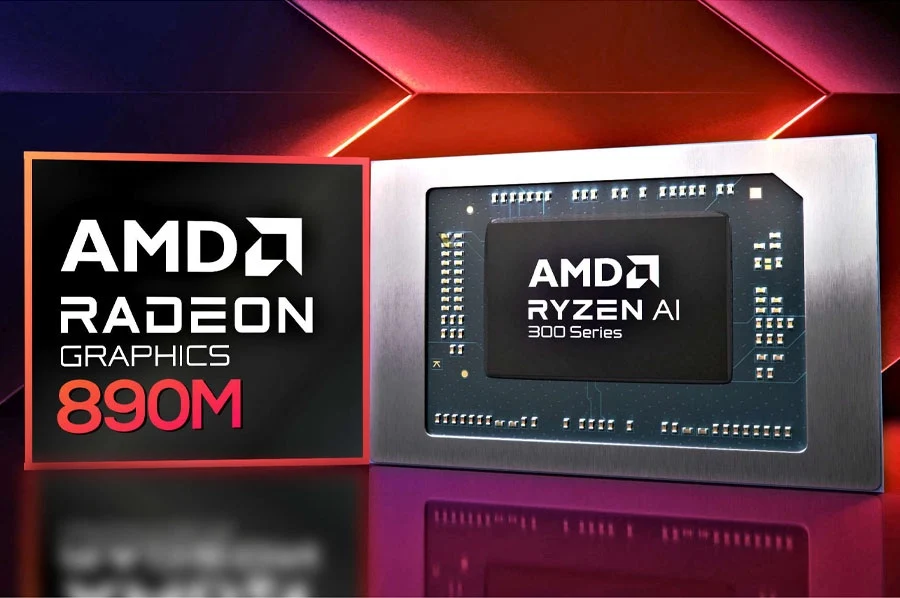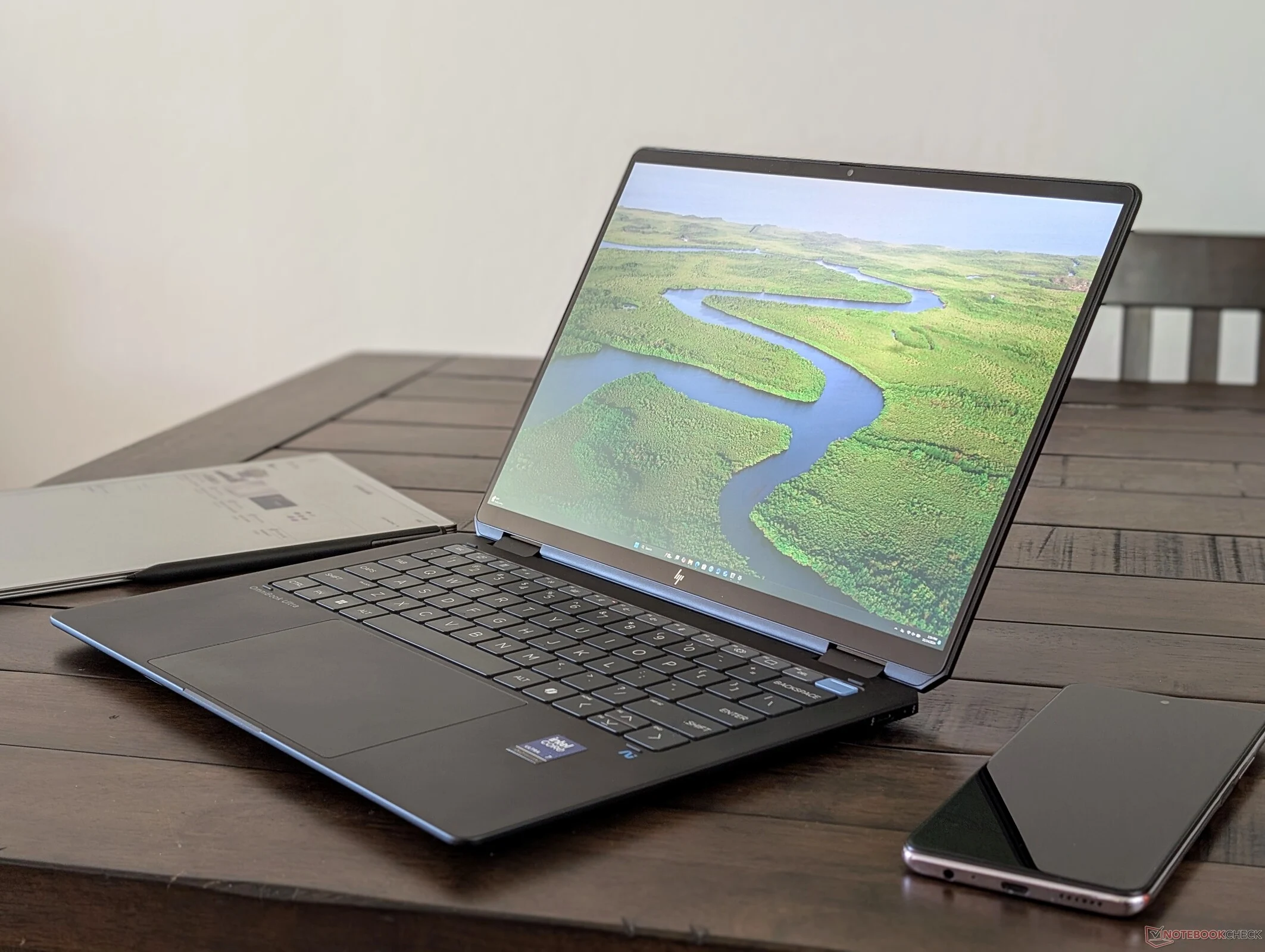Key Takeaways
1. AMD has a strong advantage over Intel since the Radeon 680M’s release in 2022, outperforming Intel’s Iris Xe 96 EUs by 30 to 50 percent.
2. Intel’s new Arc 8 graphics reduced the performance gap with AMD but was limited to Core H-series laptops, which are less common.
3. Intel’s latest integrated graphics, the Arc 130V, 140V, and 140T, do not require Core H-series laptops, making them more accessible.
4. The new Intel models show a performance improvement of 10 to 15 percent over the previous Arc 8, making them competitive with AMD.
5. Despite improvements, AMD’s Radeon 890M still outperforms the Arc 140V in most games by about 10 percent, with larger gaps in specific titles.
AMD has maintained a strong advantage over Intel since the introduction of the Radeon 680M in 2022. At that point, Intel’s top integrated option, the Iris Xe 96 EUs, fell short, lagging behind the Radeon 680M by 30 to 50 percent. The gap widened slightly in favor of AMD with the release of the Radeon 780M.
Intel’s New Strategy
When Intel debuted the successor to the Iris Xe 96 EUs, named Arc 8, it successfully reduced the performance divide with AMD. However, the downside was that Arc 8 was limited to the more powerful Core H-series laptops, which are not as prevalent as their Core U-series and Ryzen U-series counterparts.
Latest Intel Graphics
The most recent integrated graphics lineup from Intel features the Arc 130V, 140V, and 140T. The V-series addresses the previous issue by eliminating the need for a Core H-series laptop to access Intel’s latest iGPU. Moreover, these new models provide a performance boost of about 10 to 15 percent over the Arc 8, as noted in 3DMark benchmarks. This improvement in both raw performance and performance-per-watt has made Intel’s integrated solutions competitive against AMD’s top offerings—a notable change after many years.
Despite these advancements, the power-hungry Radeon 890M still surpasses the average Arc 140V in most games by approximately 10 percent. In specific titles, such as Tiny Tina’s Wonderlands, the difference can reach 20 percent, while games like Cyberpunk 2077 often result in a close match between both GPUs before factoring in any upscaling technologies. Nonetheless, Intel’s current progress appears promising if they can maintain their momentum in future generations.


